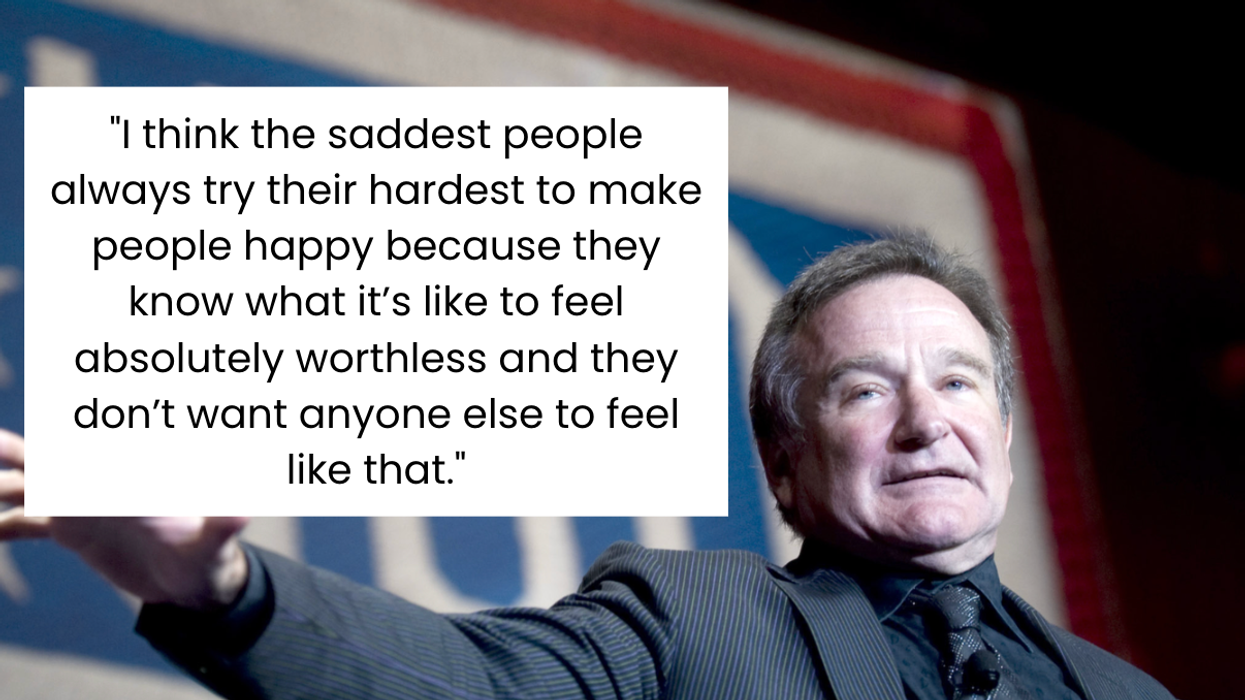By Ben Jervey If you were considering towns in which to live the good life-which is to say, the least harmful life-you could be forgiven for leaving New York off your list. Paved in every direction, overrun by traffic, brightly lit even in the darkest hours, it seems an unlikely candidate for environmental distinction. And yet the city is a remarkably low-impact place-due largely to its energy efficiency, per capita the best in the country.New Yorkers don't drive much, and we live and work in cramped conditions that are powered, heated, and cooled with relatively little energy. New York, it turns out, has one of the smallest per capita "ecological footprints" in the country. Raising the question: if we're already among the most energy efficient of Americans, just how much might our footprints shrink?In pursuit of an answer, last spring I began a month-long experiment in extreme urban environmentalism. This was not an act of overzealous deprivation: I ate no wheat grass, I wore no hemp. As much as possible, I wanted to live my normal, happily indulgent New York life, but to do so with as minimal an impact as I could manage. Relying on locally grown foods, renewable energies, basic conservation practices, and auto-free transit, I discovered that in New York, as in a growing number of other cities in the United States, the good life is closer than you might think.

Food
Local or organic? The question, beaten to death in environmental circles, has an obvious answer: Why not both? Even in New York City, far from the fertile soils of California or the Midwest, one can find food grown both nearby and without all those much-maligned pesticides. Take apples, for instance, a fruit typically awash in chemicals (it has one of the highest pesticide concentrations of any produce). The orchards of the Empire State produce over a hundred varieties of apples-many of them are organic, and all are brought to market free from the oil-dependent international food chain.Farmers' markets abound here, and the best stocked and most frequent is the Union Square Greenmarket. With nearly a full city block of vegetables, fruit, dairy, poultry, fish, honey, jam, and even wine, it is the crown jewel of New York's 51 farmers' markets, and its ultra-local fare makes neighboring Whole Foods look like a shipping center. Over the course of my month-long experiment, this is where I do the bulk of my food shopping, treating myself regularly to such artisanal delights as organic foccacia, made with whole grains grown and ground in nearby Ulster County.Pursuant to the "local" food ideal, I set a limit of 150 miles for my food's journey from farm to table. The biggest hurdle in keeping such a diet isn't actually finding the food, but rather planning on when to get it. Food shopping and dining are impulsive acts in New York, but my farmers' market-for all its impressive offerings-isn't an everyday affair. Fortunately, there's no shortage of restaurants serving the green plate special-Applewood, Habana Outpost, and Candle Café are personal favorites. Several times I do succumb to the cheap convenience of a bagel of unknown origins, but for the most part I keep within my radius and, so far as I know, I don't ingest any food touched by pesticide.
Transportation
With the most convenient and expansive (if not quite the tidiest) mass transit system in the country, New York's an easy place to travel lightly. The subway should be the solution to my every need, but as I suffer from slight agoraphobia and an aversion to cramped spaces, I loathe the trains and have to default to biking everywhere. Occasionally, I rise above my disabilities to take the subway when the weather is extreme. (Only twice during the month am I forced to use a taxi, once for work and once on the tail end of a long and torrentially wet evening.)Just a small fraction of New Yorkers have reason to own cars, and despite my biking proclivities, I happen to be one-work requires it. My Subaru usually spends its days parked on the side streets of Brooklyn and even though I buy a TerraPass decal-proclaiming that all carbon emissions from its occasional use have been offset-for the integrity of my experiment (and to assuage my nagging combustion-engine guilt) I think it best to put the car into hibernation in my parents' garage.
Waste
In New York, it's easy to take waste for granted. The garbagemen gather our trash at dawn and cart it off to some distant, unknown land. Fully zero percent of New York's waste resides in landfills within city limits; instead, Pennsylvania, New Jersey, and Ohio have been kind enough to pile it in their back yards-at a healthy premium.For a month, I pay close attention to my life's refuse. Each day-in an embarrassing display of commitment to this project-I carry around all the waste I generate, every night adding napkins and spent pens and stubborn packing filler to a cumulative bundle. And I manically hoard all recyclables and compostables, ushering the organics down to my landlady's garden. With some deliberate effort-like carrying a reusable mug and forgoing all the excess packaging when buying, say, an apple tart from a farmer's stand-it's pretty simple to limit my waste, and I never wind up schlepping around more trash than my backpack can handle. At month's end, the amassed piles are surprisingly small. For the average American, four weeks of waste might fill an oil drum; mine could pack snugly into a toolbox.
Energy
When it comes to electricity, I have the advantage of working in an office building capped by solar panels, which, ten months of the year, provide all necessary power. Unfortunately, my apartment isn't equipped with such smart technology, so when my roommates and I plug in, we're pulling power from the grid. Conservation is key, and in a rented living space like mine, the lowest hanging fruit is lighting. In ten years, we're going to think it ludicrous that we once used light bulbs that burn 90 percent of their energy as heat.I outfit our apartment with compact fluorescents-an economical, viable alternative to conventional bulbs, albeit one that results in a glow about as charming as a dentist's waiting room. Other energy-saving measures are just as easy to adopt: unplugging chargers when not in use saves a few watt hours; turning off computers saves a bundle more; and it's almost too obvious to mention that empty rooms require no illumination. Small steps, medium-sized results.Like many renters, though, I've no control over the temperature in my home; I live at the mercy of my landlord's thermostat. It does feel contradictory to the ambitions of my experiment to have the window open on a brisk 40-degree night, but as my bed lies uncomfortably close to a heater (it's a small room), I've very little choice. And yet, I still managed to lower our daily electrical use by almost a third, from about 15 kilowatt-hours to 10. The precious few kilowatts we did consume, however, weren't bought from the standard New York City grid, but were purchased from a wind farm upstate, using ConEd Solutions, a program that fills the electric demands of any New Yorker with clean, renewable wind energy.















 Otis knew before they did.
Otis knew before they did.